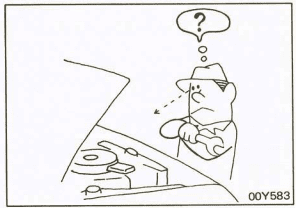You’ve got that new (or lightly used) part you’ve been waiting on. It’s arrived, and you’re excited to install it. But it didn’t come with bolts. And the old part is missing bolts. The two bolts installed don’t appear to be the correct ones anyway. You want to do this right. You want the correct hardware here. So where do you look to figure out the correct size and type of bolts?
Do you turn to the various manuals offered for your vehicle? Perhaps the Internet is your salvation? Or maybe you just want to say screw it and wing the whole affair?
What is your preferred resource when it comes time to figure out which sort of bolt, clip, screw, nut, etc is supposed to be used?
I received a clean center gauge cluster for my Montero. It has a working oil pressure and voltage meter, and the inclinometer works too. That last bit needs some more mineral oil though, but I’ll worry about that later. For now, I need to determine the correct mounting bits to make sure it’s properly installed in place.
Hemmings has a nice article covering the basics on identifying bolts. But for my own needs, I’m lucky to have two of the original screw still in place. I’ll grab those and bring them to the local hardware store, find a match, and head back home.
If I couldn’t do that, what would be the best course of action? How do you figure out which bolts and screw to use on your own vehicles?


Leave a Reply